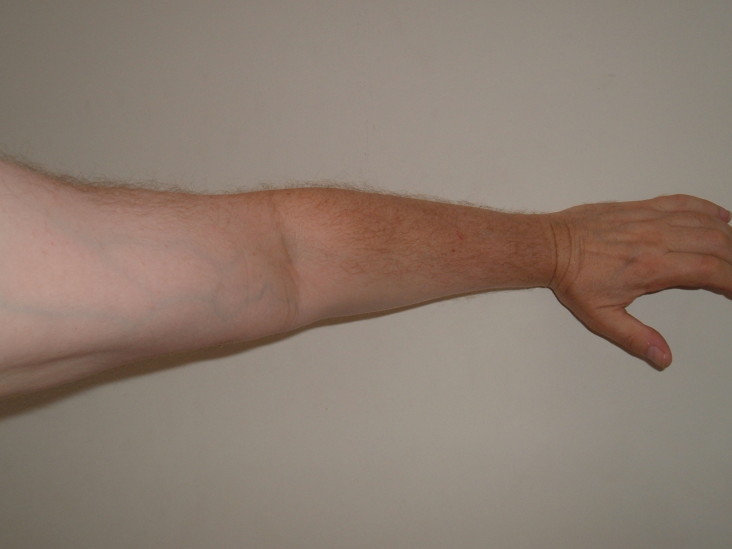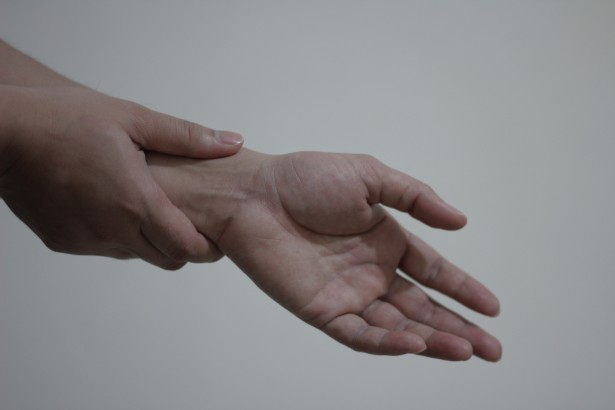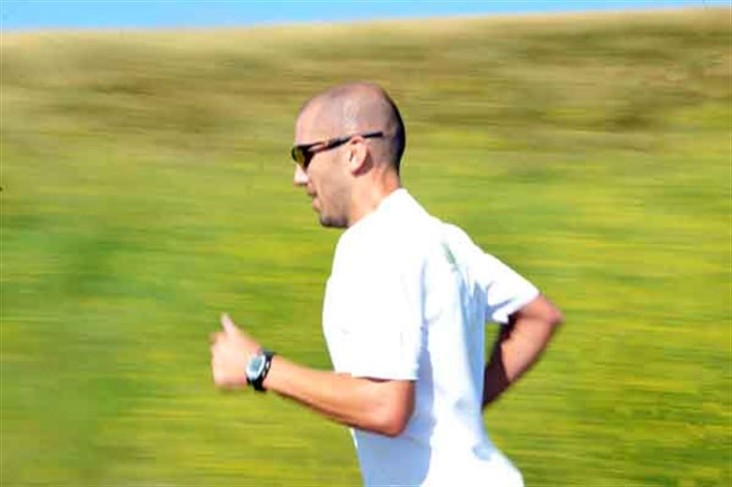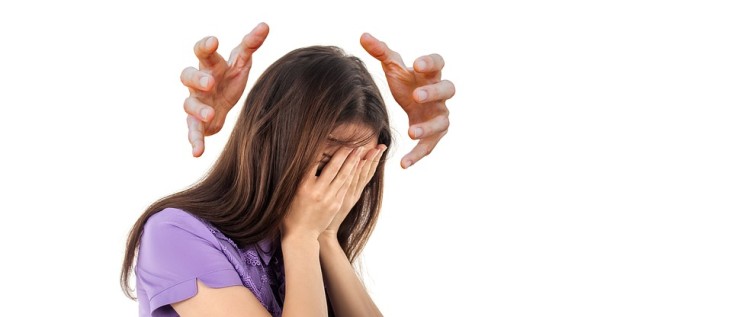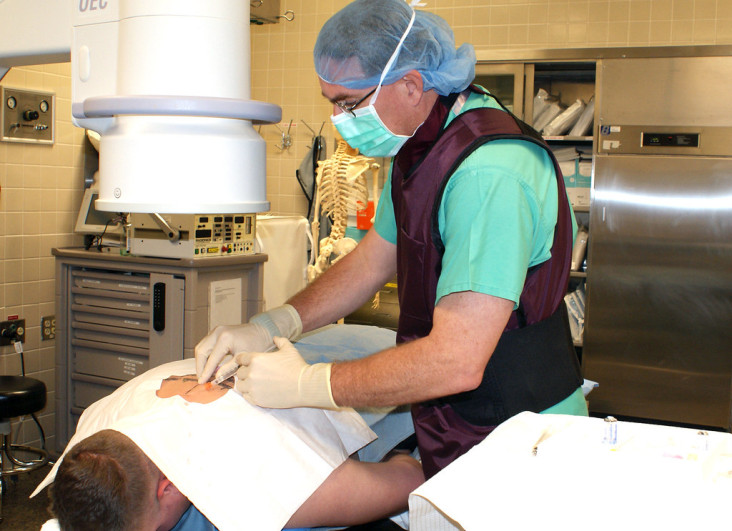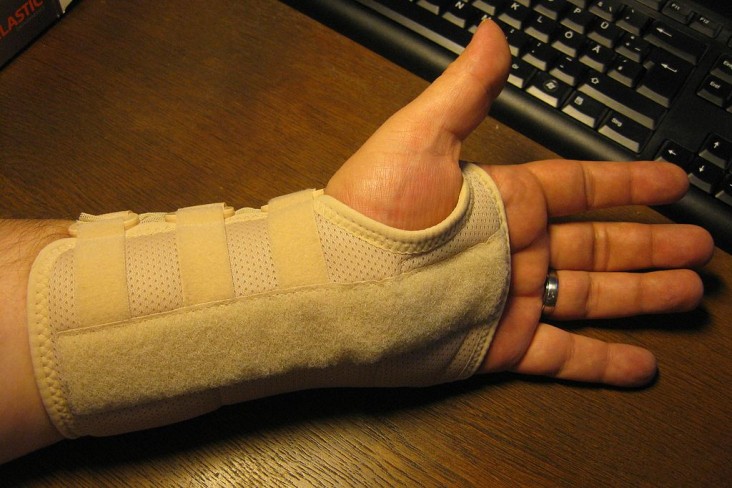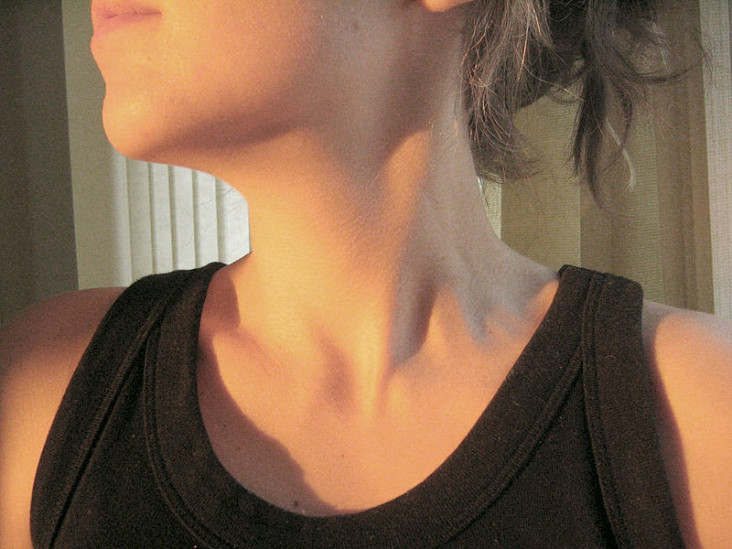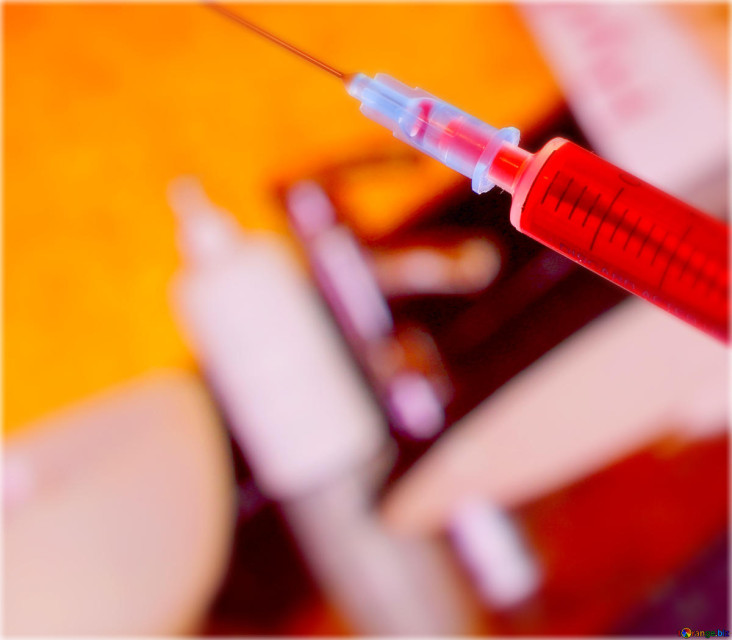Arm pain mostly results from injury or because of using the arm in some unusual way. However, there is a different reason for such pain and that is anxiety and tension. the mild or even moderate pain in left arm is common especially in growing age and this type of arm pain treatments are also very basic such as proper rest, massage or pain medication, however there are severe and intense pain can be a symptom of a serious medical issues like heart disease, angina or of mild or stable angina or unstable angina. There are other causes for left arm pain as well which include Skeletomuscular injury, bursitis, and tendonitis.
Life-threatening cause of left arm pain
Heart attack and all kind of angina are the causes of left arm pain. A heart attack is a medical condition mostly due to lack of oxygen. The reason for the occurrence of the heart attack can be the damage to the heart muscles which affect the function of the heart and make it hard to inhale oxygen. The damage to the heart muscles can be explained as the narrowing of the coronary arteries of the heart. Increased plaque causes the arteries to narrow down. The flow of the blood can be affected when plaque losses and enters the artery wall. In these situations, nerves of the left arm as well as the nerves of the brain both send signals to the brain; however it gets hard for the brain to identify the proper cause of pain. The brain gives signals about pain in the left arm. Angina cause pain in the left arm as well in the neck, back, and jaw. Before taking any pain-relieving medication as arm pain treatment, it is important to consult a doctor first so that he can identify whether the pain is life-threatening or not.
Left-arm pain and muscular injury
There are symptoms which help in identifying whether the pain in the left arm is pointing towards a heart attack or not. The muscular pain feels like stabbing on the arm; however, it disappears on its own. The muscular pain can be triggered with a little touch or any specific movement. Most patients only feel discomfort on their left arm which remains for an hour till a day. Bursitis is a type of arm pain which is not life-threatening. The discomfort or pain occurs due to an inflammation on the bursa. The tendonitis is also a muscular disease to cause left arm pain. In fact, this disease causes pain in both arms. There non-surgical arm pain treatments which have proved suitable even for pains which have not been treated properly for years.
Treatments for left arm pain
Seeking medical advice is important in case of arm pain or any other pain or medical condition for that matter. CT scans, MRIs, and X-rays are mostly the procedures which doctors recommend to evaluate the causes of the pain. In case of heart attacks or other heart disease, doctors recommend the case towards some cardiology specialist; however, orthopedics deals with muscular pain. To cure tone muscles of the arms, in the current era, the medical specialist uses regenerative medicines.

